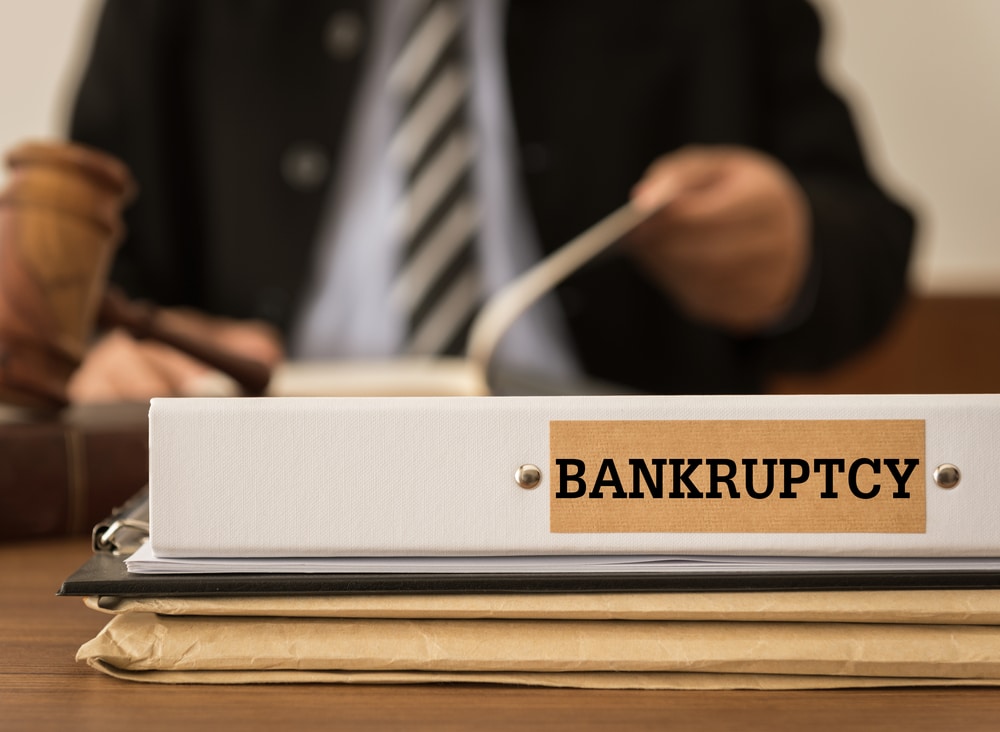
Facing financial difficulties can feel overwhelming, but you’re not alone. Bankruptcy101.org serves as your comprehensive guide through the complex journey of bankruptcy, providing clear, accurate, and supportive information when you need it most. Our mission is to empower you with knowledge and resources to make informed decisions about your financial future.
Every year, hundreds of thousands of Americans make the difficult but brave decision to file for bankruptcy. While this choice may feel like a setback, it often represents the first step toward financial recovery and stability. Our platform offers expert guidance, practical tools, and emotional support to help you navigate this challenging process with confidence.
Understanding bankruptcy is crucial for making the right decisions for your financial future. Whether you’re just beginning to explore your options or are ready to take decisive action, our resource center provides detailed information about different types of bankruptcy, their implications, and step-by-step guidance through the entire process.
Our website combines technical expertise with compassionate support, recognizing that bankruptcy isn’t just a legal procedure – it’s a deeply personal journey that affects many aspects of life. We’ve gathered insights from legal experts, financial advisors, and individuals who have successfully navigated bankruptcy to provide you with well-rounded, practical guidance.
We believe in breaking down complex legal concepts into understandable terms, helping you grasp the implications of each decision along the way. Our interactive tools, calculators, and self-assessment resources enable you to evaluate your situation objectively and make informed choices about your financial future.
Your journey to financial recovery starts here. Throughout our website, you’ll find the tools, information, and support needed to understand your options and move forward with confidence. Remember, bankruptcy isn’t the end – it’s often the beginning of a fresh financial start.
Chapter 7 bankruptcy, often called “straight bankruptcy” or “liquidation bankruptcy,” provides a fresh start by eliminating most unsecured debts. This form of bankruptcy is typically completed within 3-6 months and can offer immediate relief from overwhelming debt burdens. It’s designed for individuals who truly cannot pay their existing debts and need a complete financial reset.
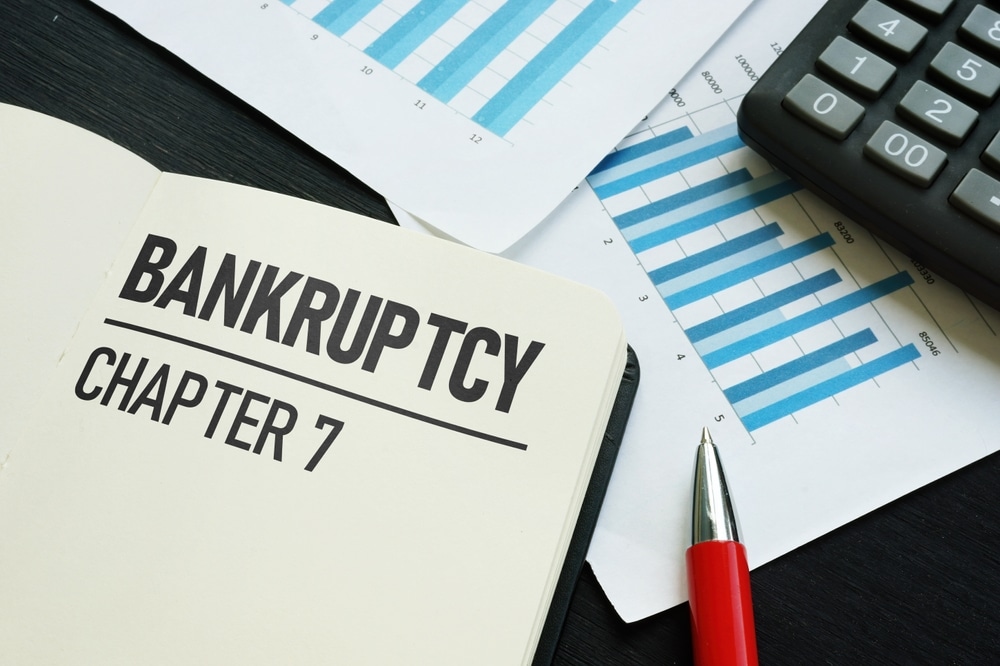
Eligibility for Chapter 7 bankruptcy depends on several factors, with income being the primary consideration. The means test, introduced in 2005, helps determine if your income is low enough to qualify. This test compares your average monthly income for the six months before filing to the median income in your state for a household of your size. If your income falls below the median, you automatically qualify for Chapter 7.
The process of filing Chapter 7 involves careful preparation and attention to detail. You’ll need to gather extensive financial documentation, including tax returns, pay stubs, bank statements, and a comprehensive list of assets and debts. This information helps the court and trustee understand your financial situation and ensures transparent proceedings.
The journey begins with mandatory credit counseling from an approved agency within 180 days before filing. This session helps evaluate whether bankruptcy is truly your best option and explores possible alternatives. After completing counseling, you’ll receive a certificate that must be included with your bankruptcy petition.
Next, you’ll compile and file your bankruptcy petition and schedules – detailed forms that provide a complete picture of your financial situation. These documents include information about your income, expenses, assets, debts, recent financial transactions, and current living situation. Accuracy is crucial, as these documents are filed under penalty of perjury.
About 30-45 days after filing, you’ll attend the Meeting of Creditors (341 meeting) with your trustee. Despite its name, creditors rarely attend. The trustee will verify your identity and ask questions about your financial situation and the information in your bankruptcy papers. This meeting typically lasts only 10-15 minutes but is a crucial part of the process.
Following the meeting, you must complete a financial management course, which provides tools and knowledge for managing money post-bankruptcy. After completing the course and assuming no complications arise, you’ll receive your discharge approximately 60-90 days after the Meeting of Creditors. This discharge eliminates your legal obligation to pay most unsecured debts.
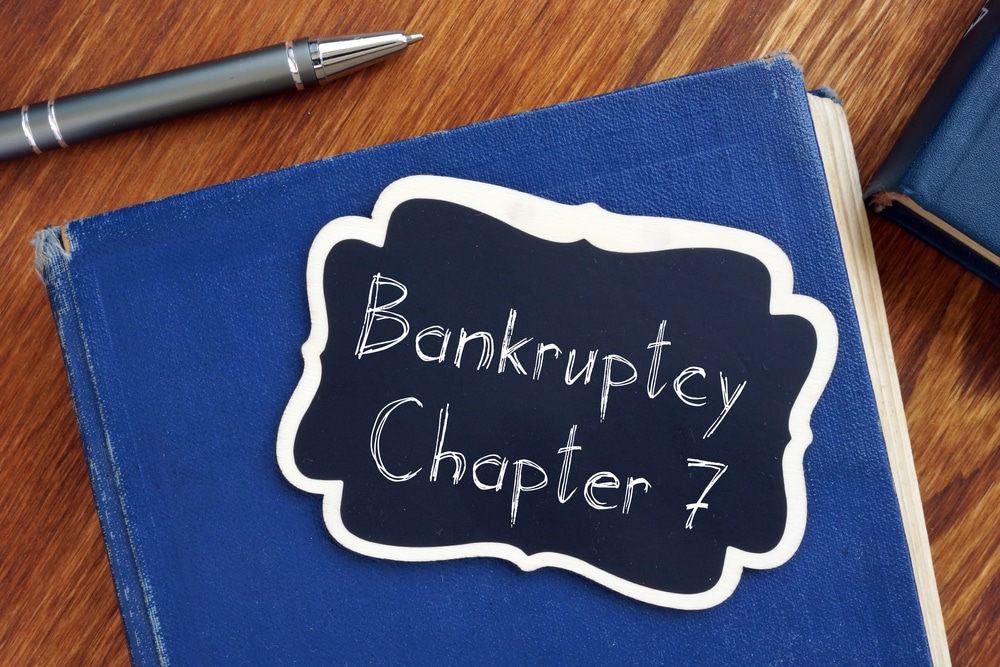
During the pre-filing phase, you’ll need to gather all financial documents and complete the required counseling. Your financial situation during the six months before filing will determine your eligibility through the means test.
Day 1-30: Initial Preparation
– Complete credit counseling course (valid for 180 days)
– Gather last 6 months of pay stubs
– Collect the last 2 years of tax returns
– Compile statements from all creditors
– List all assets and their approximate values
– Document monthly living expenses
– Obtain bank statements from the last 3-6 months
Day 31-45: Document Review
– Review and verify the accuracy of all documents
– Ensure all assets are properly valued
– Complete bankruptcy petition and schedules
– Double-check means test calculations
– Prepare a statement of financial affairs
Day 46-60: Final Pre-Filing Steps
– Pay filing fees or complete fee waiver application
– Sign all documents
– Review final petition package
– File bankruptcy petition with local court
Day 1 (Filing Day)
– Automatic stay goes into effect
– Court assigns case number and trustee
– Meeting of Creditors date is set
– Notice sent to all creditors
Days 1-30 After Filing
– Trustee reviews your petition and documents
– Creditors receive notification
– Begin financial management course
– Provide additional documents if requested by trustee
Days 31-45 After Filing
– Attend Meeting of Creditors (341 meeting)
– Answer trustee’s questions under oath
– Address any creditor concerns
– Resolve any trustee document requests
Days 46-60 After Filing
– Complete financial management course
– Submit course completion certificate
– Address any remaining trustee concerns
– Wait for objection period to expire
Days 61-90 After Filing
– Receive discharge notice if no objections
– Case closes approximately 2 weeks after discharge
– Begin post-bankruptcy credit rebuilding
Chapter 13 bankruptcy, known as the “wage earner’s plan,” offers a structured approach to debt repayment while protecting your assets. This form of bankruptcy allows you to keep your property while repaying all or a portion of your debts through a court-approved repayment plan. It’s particularly beneficial for individuals with regular income who need time to catch up on mortgage payments or other secured debts.
Unlike Chapter 7, Chapter 13 doesn’t require selling assets but instead focuses on reorganizing debts into a manageable payment plan. This plan typically spans three to five years, depending on your income level and the amount of debt being repaid. During this time, you’ll make regular payments to a trustee who then distributes the funds to your creditors according to the approved plan.
One of the key advantages of Chapter 13 is its flexibility in handling different types of debt. It can help prevent foreclosure on your home, allow you to reschedule secured debts, and potentially pay less than the full amount on unsecured debts. Additionally, Chapter 13 can protect co-signers on your personal debts and provide a broader discharge of debts than Chapter 7.
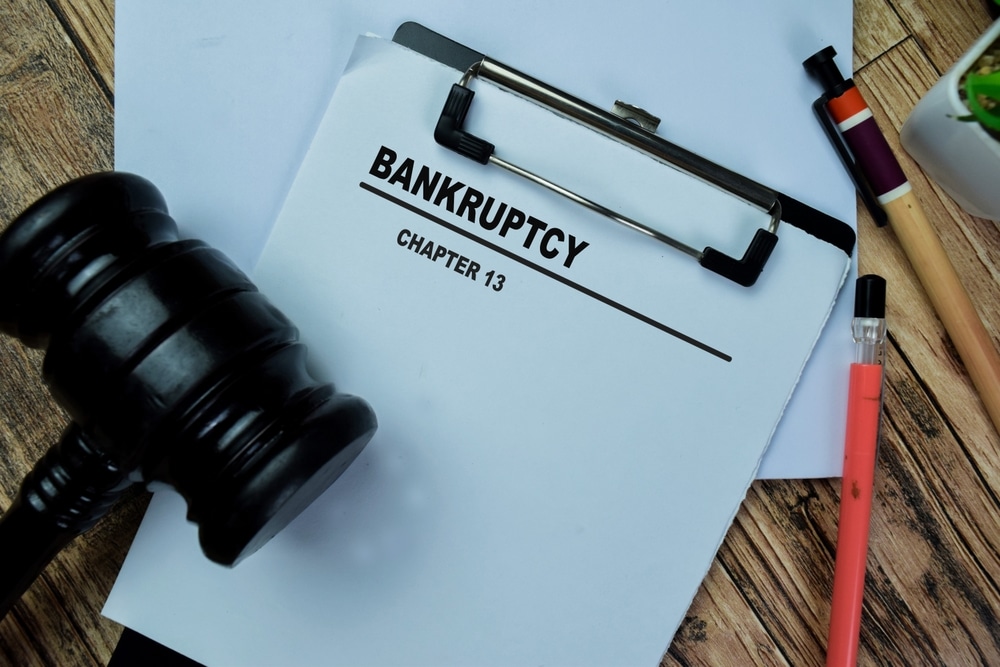
The process begins with gathering detailed financial information and completing the required credit counseling course. You’ll need comprehensive documentation of your income, expenses, assets, and debts to create a feasible repayment plan. This information helps determine how much you can reasonably afford to pay creditors each month.
After filing your petition and initial plan, you’ll attend a Meeting of Creditors similar to Chapter 7. However, you’ll also have a confirmation hearing where a judge reviews your proposed repayment plan. Your plan must show that you can make all required payments while maintaining necessary living expenses. The court must approve your plan before it becomes final, and creditors have the opportunity to object to the proposed terms.
Once your plan is confirmed, you’ll begin making monthly payments to the trustee. These payments must be made regularly and on time – failure to do so can result in dismissal of your case. During the plan period, you’re protected from creditor actions as long as you maintain your payments. You’ll also need to complete a financial management course before receiving your discharge.
Making all required payments under your Chapter 13 plan demonstrates your commitment to resolving your debts responsibly. Upon successful completion of the plan and the financial management course, you’ll receive a discharge of any remaining dischargeable debts. This achievement marks the beginning of your fresh financial start.
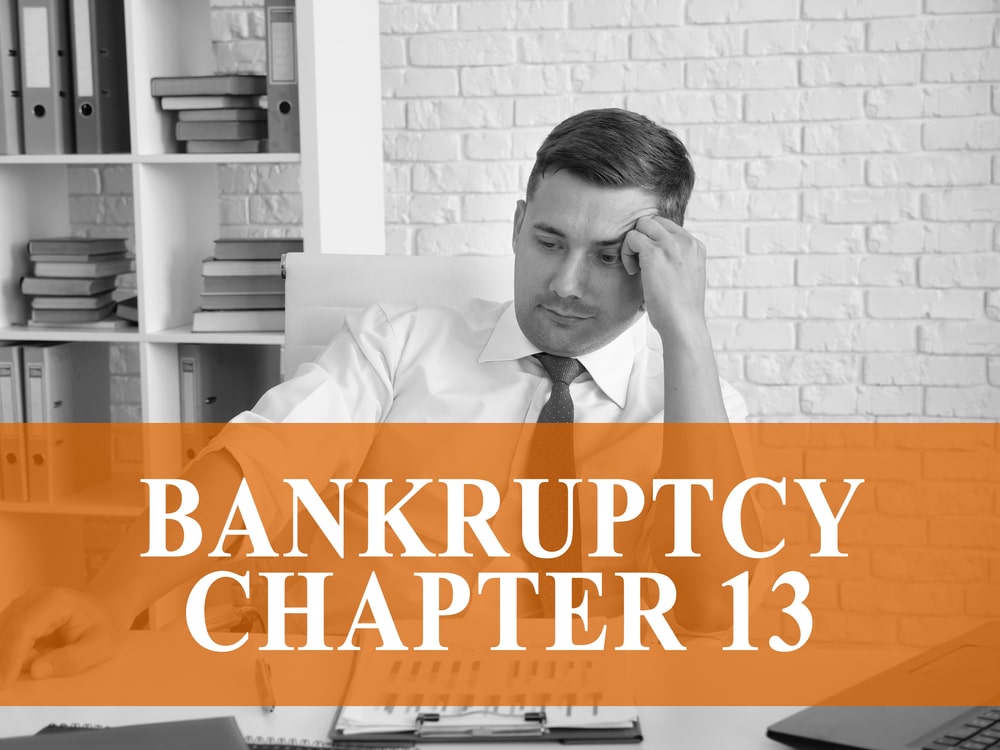
Similar initial preparation to Chapter 7, but with additional focus on creating a viable repayment plan.
Day 1-30: Initial Preparation
– Complete credit counseling
– Gather all financial documents
– Calculate current monthly income
– Document all assets and debts
– Create detailed monthly budget
– Calculate disposable income
Day 31-45: Plan Development
– Work on repayment plan
– Calculate proposed monthly payments
– Determine plan length (3-5 years)
– Review priority debts
– Assess secured debt treatment
Day 46-60: Final Pre-Filing Steps
– Finalize proposed repayment plan
– Complete all petition documents
– Review and sign paperwork
– Pay filing fee or request installments
– File petition and proposed plan
– Receive discharge notice
– Final accounting from trustee
– Case officially closes
– Begin post-bankruptcy financial planning
– Monitor credit reports for accuracy
Day 1 (Filing Day)
– Automatic stay begins
– Case number assigned
– Trustee appointed
– Initial plan payment due within 30 days
Days 1-30 After Filing
– Begin plan payments to trustee
– Provide tax returns and pay stubs
– Respond to trustee document requests
– Continue paying secured debts if required
Days 31-45 After Filing
– Attend Meeting of Creditors
– Answer trustee questions
– Address creditor concerns
– Potentially modify plan based on feedback
Days 46-90 After Filing
– Attend confirmation hearing
– Address any objections to plan
– Make required plan modifications
– Continue monthly payments
Months 3-60: Plan Period
– Make all monthly plan payments
– File tax returns annually
– Report changes in income
– Request plan modifications if needed
– Complete financial management course
Final Phase (Last 2-3 months of plan)
– Ensure all payments are complete
– Submit final documents to trustee
– File certification of plan completion
– Request discharge
– Receive final discharge
– Case closes
Bankruptcy101.org serves as your comprehensive guide through the complex journey of bankruptcy, providing clear, accurate, and supportive information when you need it most.
© 2024 Chapman SEO LLC. This website is for educational and informational purposes only. All content is created using AI technology and maintained by non-lawyers and should not be considered legal advice. The information provided is general in nature and may not be suitable for your specific situation. Always consult with a qualified legal professional for advice regarding your individual circumstances. We do not create attorney-client relationships through this website. By using this site, you acknowledge that you have read and understand these terms.